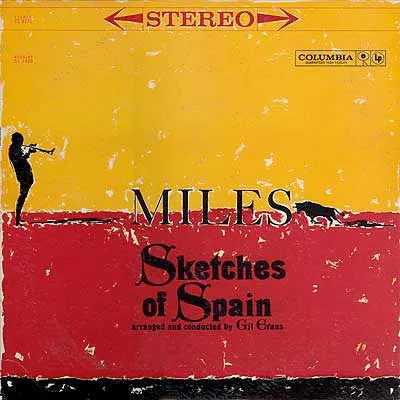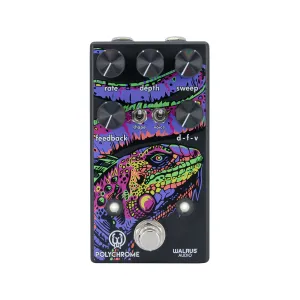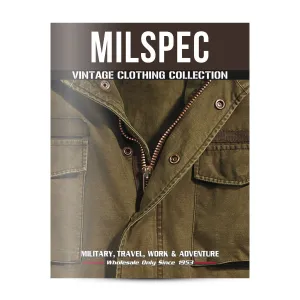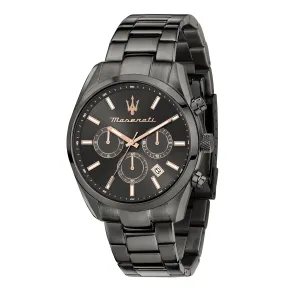On the better pressings of this masterpiece, the sound is truly magical. (AMG has that dead right in their review.) It is lively but never strained. Davis's horn has breath and bite, just like the real thing. What more can you ask for?
What The Best Sides Of Sketches of Spain Have To Offer Is Not Hard To Hear
- The biggest, most immediate staging in the largest acoustic space
- The most Tubey Magic, without which you have almost nothing. CDs give you clean and clear. Only the best vintage vinyl pressings offer the kind of Tubey Magic that was on the tapes in
- Tight, note-like, rich, full-bodied bass, with the correct amount of weight down low
- Natural tonality in the midrange -- with all the instruments having the correct timbre
- Transparency and resolution, critical to hearing into the three-dimensional studio space
No doubt there's more but we hope that should do for now. Playing the record is the only way to hear all of the qualities we discuss above, and playing the best pressings against a pile of other copies under rigorously controlled conditions is the only way to find a pressing that sounds as good as this one does.
We Was Wrong in the Past About HP and 6-Eye Labels
In previous commentary we had written:
Harry Pearson added this record to his a few years back, not exactly a tough call it seems to us. Who can't hear that this is an amazing sounding recording?
Of course, you can be quite sure that he would have been listening exclusively to the earliest pressings on the 6-Eye label. Which simply means that he probably never heard a copy with the clarity, transparency, and freedom from distortion that these later label pressings offer.
The 6-Eyes are full of Tubey Magic, don't get me wrong; Davis's trumpet can be and usually is wonderful sounding. It's everything else that tends to suffer, especially the strings, which are shrill and smeary on most copies, 6-Eyes, 360s and Red Labels included.
Over the course of the last few years, we've come to appreciate just how good the right 6-Eye stereo pressing can sound.
A Big Group of Musicians Needs This Kind of Space
One of the qualities that we don't talk about on the site nearly enough is the SIZE of the record's presentation. Some copies of the album just sound small -- they don't extend all the way to the outside edges of the speakers, and they don't seem to take up all the space from the floor to the ceiling. In addition, the sound can often be recessed, with a lack of presence and immediacy in the center.
Other copies -- my notes for these copies often read "BIG and BOLD" -- create a huge soundfield, with the music positively jumping out of the speakers. They're not brighter, they're not more aggressive, they're not hyped-up in any way, they're just bigger and clearer.
And most of the time those very special pressings are just plain more involving. When you hear a copy that does all that -- a copy like this one -- it's an entirely different listening experience.
What We're Listening For On Sketches of Spain
- Energy for starters. What could be more important than the life of the music?
- The Big Sound comes next -- wall to wall, lots of depth, huge space, three-dimensionality, all that sort of thing.
- Then transient information -- fast, clear, sharp attacks, not the smear and thickness so common to these LPs.
- Tight, full-bodied bass -- which ties in with good transient information, also the issue of frequency extension further down.
- Next: transparency -- the quality that allows you to hear deep into the soundfield, showing you the space and air around all the instruments.
- Extend the top and bottom and voila, you have The Real Thing -- an honest to goodness Hot Stamper.
Production and Engineering
was the producer, the engineer for these sessions in Columbia's glorious-sounding 30th Street Studio. It's yet another remarkable disc from the Golden Age of Vacuum Tube Recording.
Vinyl Condition
Mint Minus Minus and maybe a bit worse is about as quiet as any vintage pressing will play, and since only the right vintage pressings have any hope of sounding good on this album, that will most often be the playing condition of the copies we sell. (The copies that are even a bit noisier get listed on the site are seriously reduced prices or traded back in to the local record stores we shop at.)
Those of you looking for quiet vinyl will have to settle for the sound of other pressings and Heavy Vinyl reissues, purchased elsewhere of course as we have no interest in selling records that don't have the vintage analog magic of these wonderful recordings.
If you want to make the trade-off between bad sound and quiet surfaces with whatever Heavy Vinyl pressing might be available, well, that's certainly your prerogative, but we can't imagine losing what's good about this music -- the size, the energy, the presence, the clarity, the weight -- just to hear it with less background noise.
A Must Own Jazz Record
We consider this Miles Davis album a . It's a recording that should be part of any serious Jazz Collection.
Others that belong in that category can be found .
A Tough Record to Play
Sketches of Spain is a very . Do not attempt to play it using anything other than the highest quality equipment.
Unless your system is firing on all cylinders, even our hottest Hot Stamper copies -- the Super Hot and White Hot pressings, the ones with the biggest, most dynamic, clearest, and least distorted sound -- can have problems.
Your system should be thoroughly warmed up, your electricity should be clean and cooking, you've got to be using the right room treatments, and we also highly recommend using a demagnetizer such as the Walker Talisman on the record, your cables (power, interconnect and speaker) as well as the individual drivers of your speakers.
This is a record that's going to demand a lot from the listener, and we want to make sure that you feel you're up to the challenge. If you don't mind putting in a little hard work, here's a record that will reward your time and effort many times over, and probably teach you a thing or two about tweaking your gear in the process (especially your VTA adjustment, just to pick an obvious area many audiophiles neglect).



![Bluewater 22mm Push Button Switch - Off/On Contact - Blue/Red LED - 4' Lead [9059-1113-4] Bluewater 22mm Push Button Switch - Off/On Contact - Blue/Red LED - 4' Lead [9059-1113-4]](https://www.ticktimer.shop/image/bluewater-22mm-push-button-switch-offon-contact-bluered-led-4-lead-9059-1113-4_McU6Ho_300x.webp)








